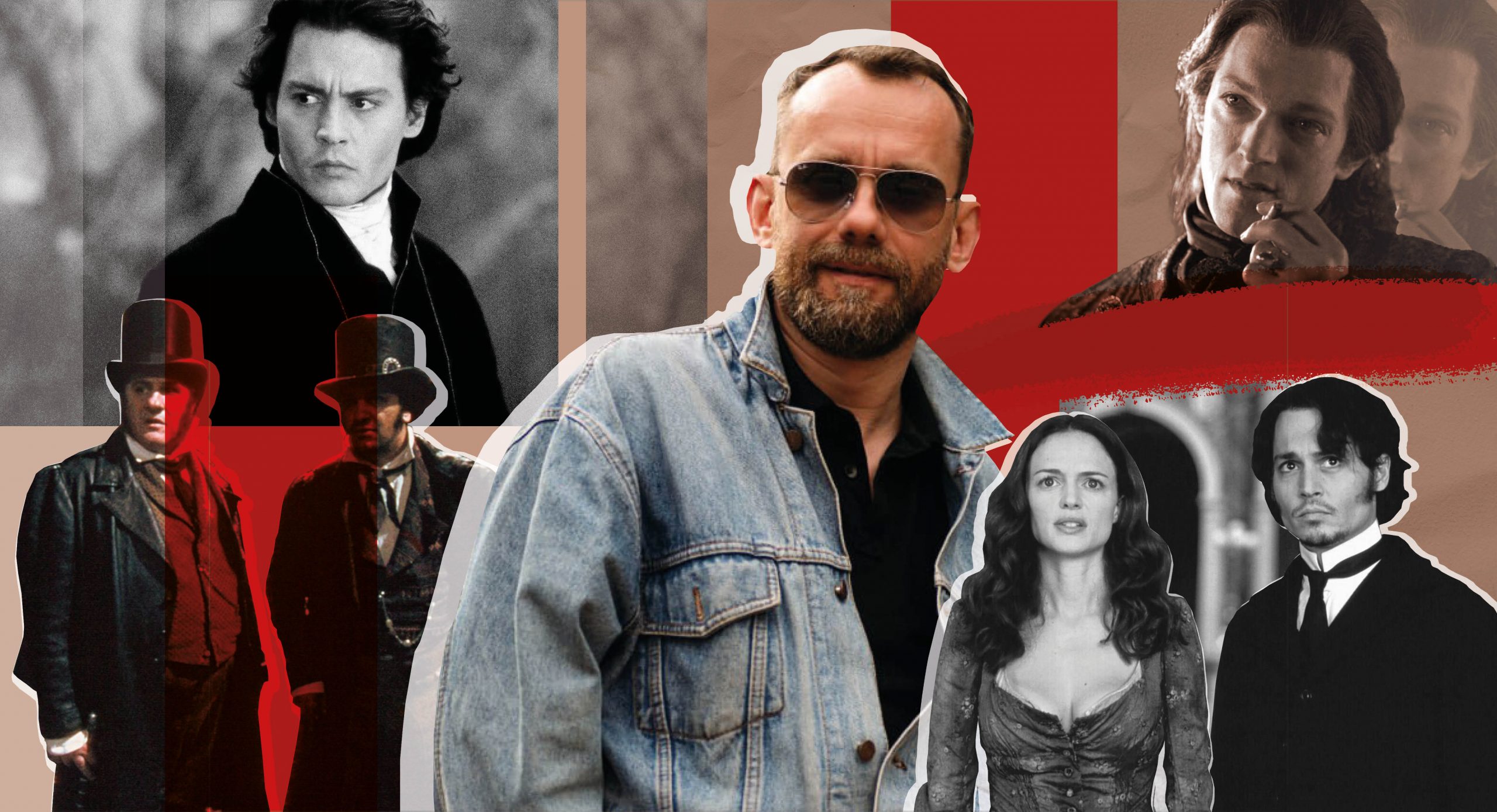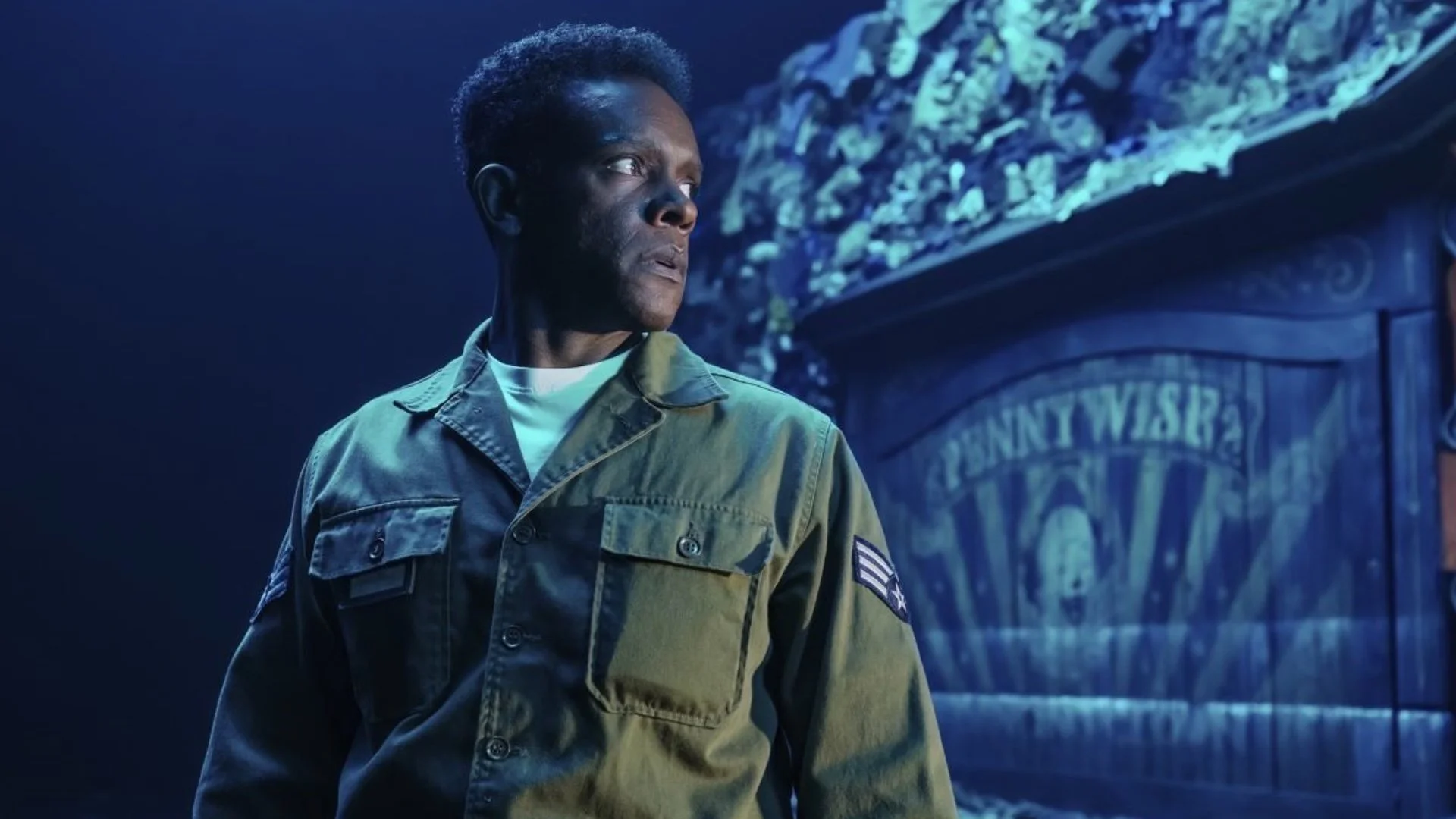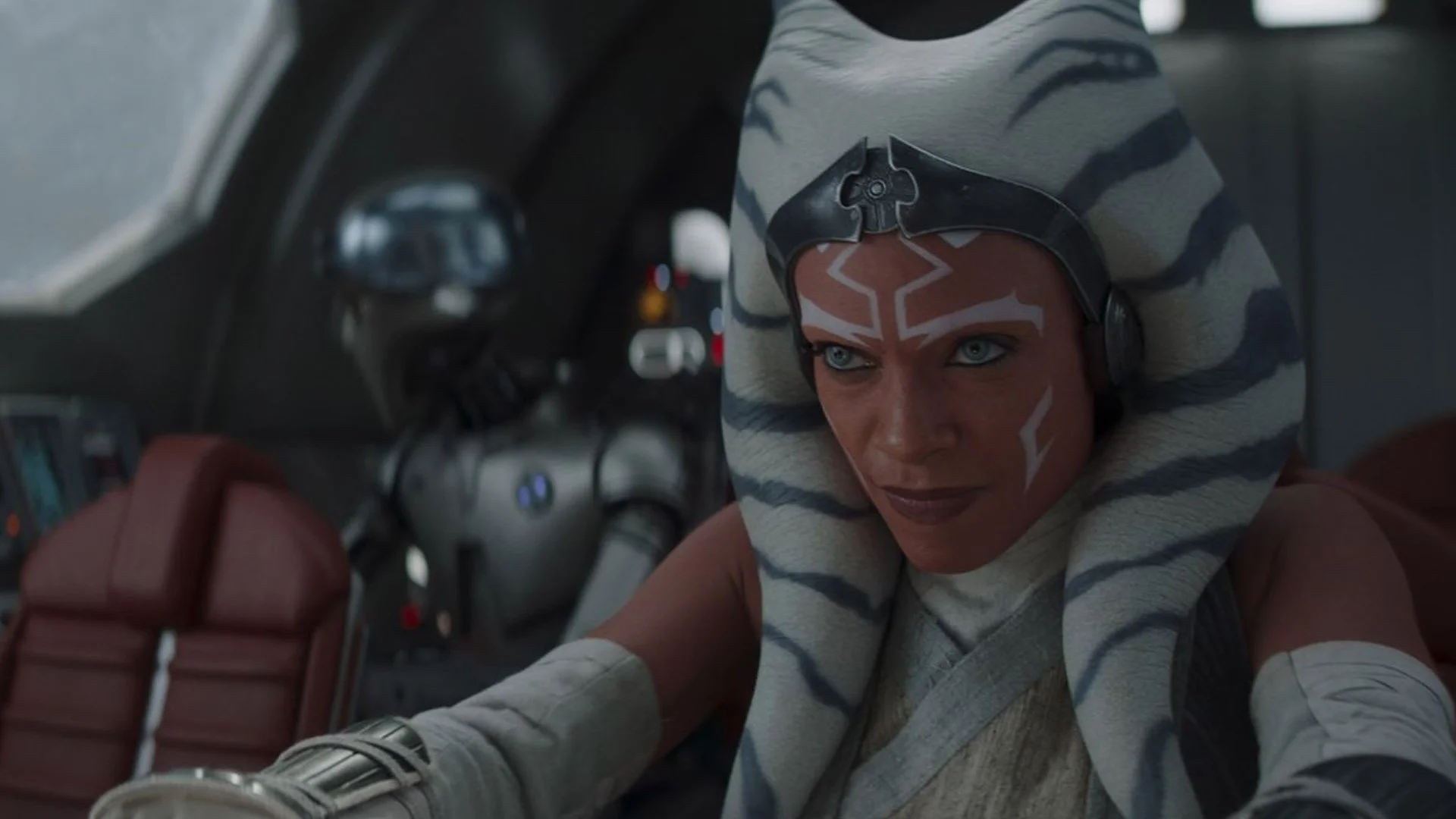Questions about what to watch or what to read, it seems, can be asked endlessly and more than once – after all, any good work, be it a book, a movie or a series, unfortunately sooner or later comes to an end and leaves its viewer or reader in the throes of new searches. But there is also some good news.
To make your task easier, every week we ask our columnist Konstantin Obraztsov – writer, author of “Red Chains”, “Hammer of the Witches” and other books, as well as the creator of the program “Example Reading” in Rutube and the channel “Obraztsov” in Telegram – to share his collection of the best literature, films and TV series in the world with diamonds.

Konstantin Obraztsov
On today’s agenda are four blockbuster mystical “zero” films based on legends, real events and images of classical literature.
What do you associate “zeros” with?
Ironed white hair, pink boots, low-waisted jeans with straps pulled to the sides, something leopard-print by Dolce & Gabbana on the girls who were given Vertu instead of iPhones back then, and sturdy men from the 90s, covered in scars, wearing tights, Roberto Cavalli’s tight T-shirts and squeezing mojito glasses in their familiar fingers.
The development of club culture: “Winter-Summer”, “Diaghilev”, “Zeppelin” in Moscow, “Onegin”, “Flying Dutchman”, “Plaza”, “Absinthe” in St. Petersburg, pre- and post-party. party, fiery shootouts between clubs at night, constant calls to each other and the sacred “Where are you?”
“ViaGra”, the first “Factory”, the group “Roots” and unexpectedly exploded the charts and then Las Ketchup suddenly disappeared with their Asereje.
Carefree childhood or joyful youth? Quitting your career or successfully starting your own business?
Whatever the case, the “zeroes” are almost certainly associated with something pleasant, making them an exception to the other decades of the last and current century. It was a period of endless celebration, of the discovery of new pleasures, of the pure, almost childish consumption of life’s pleasures, and it seemed as if it would never end.
Then everything turned into bread or circus, and ancient legends, terrible secrets of the past and dramatic literary images became material for exciting filming. In our today’s selection are four mystical blockbusters of the 2000s, based on legends, real events and images of classical literature.
“From Hell” (2001, Albert Hughes, Allen Hughes)
In the cold autumn of 1888, London was shaken by a series of mysterious and brutal murders. Five prostitutes were stabbed to death one by one in the dark slums of Whitechapel (in those simple-minded times everything was called by its proper name, hence the word “escort”). The throats slit, the stomachs cut open, the internal organs cut out and taken away by an unknown killer gave these events a special horror. Newspapers competed with each other in the impossibility of versions, circulation and subscriber gains, hundreds of letters were sent to the editors, allegedly signed by the killer, and all together they created the first media serial killer in history. Starting in August, the murders stopped abruptly in November, and the mystery of Jack the Ripper fascinated minds for over a hundred years, inspiring films and books, remaining unsolved.
“From Hell” offers its own version of the tragic events of 1888. Johnny Depp (not yet Jack Sparrow, not yet Amber Heard) plays a London police inspector who combines a brilliant detective’s nervous instability with a penchant for things that must not be named. He investigates the Whitechapel murders in and out of trances and falls in love with Heather Graham’s character, a prostitute named Mary Kelly, who in real history was the last victim of the Ripper.
The plot is fascinated by conspiracy theories, mystical allusions and allusions to the Masons, but the main thing here is the pleasant aesthetics and the romantic myth-shrouded image of Victorian London, created using digital technologies that were just beginning to appear in cinema at the time.
“Vidocq” (2001, Pitof)
French cinema took up the Anglo-Saxon challenge of From Hell and responded with Vidocq, constructing a much more impressive digital Paris of the early 19th century and basing it on another iconic character.
Eugene François Vidocq was a criminal mastermind who was imprisoned dozens of times for various crimes and escaped from prison as many times. Tired of facing the law, Vidocq decided to hand over the board and offered his services to the authorities as a crime fighter himself. As a result, Vidocq created the French criminal police “Surte”, laid the foundations of criminology and became the hero of almost more works of fiction than Jack the Ripper.
Here, Gerard Depardieu plays the role of Vidocq; not yet fat, not yet a Russian citizen, not yet accused of harassment. He is in pursuit of the mystical Alchemist who hides his face behind a mirror mask that has the ability to steal the souls of those who look at him carelessly. The Alchemist destroys the most prominent politicians and entrepreneurs in a sophisticated manner, using technologies more like magic – for example, by directing a lightning strike – and at the very beginning of the film he almost personally deals with Vidocq in hand-to-hand combat.
The film is shot in a colorful, lush baroque aesthetic and is incredibly beautiful. The money is in every frame here, and not just in the scenery and costumes, but above all in the technology. Vidocq was the first film in the world to be shot entirely on a digital camera, so it could be said that it was all one big special effect.
“Brotherhood of the Wolf” (2001, Christophe Hahn)
Another true masterpiece of French cinema, based on historical legends.
In the second half of the 18th century, a giant wolf-like beast terrorized the region of Gevaudan, near Languedoc, for three years, carrying out more than three hundred attacks. The beast preferred to attack humans rather than livestock, biting off heads, tearing bodies apart with its clawed paws, and generally behaving more like a mythical beast than a common predator, and the stories surrounding it would be considered fairy tales if not for the actual documented victims. The beast was never caught or killed, and its legend is another unsolved mystery of history.
According to the plot of the film, the famous naturalist Gregor de Fronsac comes to the county of Gevaudan, tormented by a beast and accompanied by an Indian servant, a characteristic feature of the times when Europe was just beginning to realize the amazing truth. The natives of America are the same people as the French and the English. “Brotherhood of the Wolf” presents its own original version of the story of the Beast of Gevaudan, but I personally forgot what its essence was, because what kind of plot does the film have with such a cast!
Vincent Cassel, who also happens to be Monica Bellucci’s husband, plays the charismatic, one-armed mutant villain who wields a projectile device specially created for him. I don’t remember who played Monica Bellucci – also Vincent Cassel’s wife – but that doesn’t matter when it comes to Monica Bellucci in 2001. Kung fu action movie star Mark Dacascos plays the same quiet, mysterious, tattooed Indian who performs mystical rituals and fights hand-to-hand with local outcasts. Add the European picturesqueness of palaces and countryside, endless rain, the romance of a mysterious plot, and you have the perfect combination of elegant form and captivating content.
Sleepy Hollow (1999, Tim Burton)
In 1820, American writer Irving Washington published “The Legend of Sleepy Hollow,” an ironic and thoroughly English story in which the strange and superstitious teacher Ichabod Crane competes with the resourceful man Brom for the attention of the first beauty of the village of Sleepy Hollow. As a result, he dresses up as the Headless Horseman, the hero of a local legend, and so frightens the unfortunate teacher that he flees Sleepy Hollow forever.
The novella was remade multiple times, often very close to the original, until Hollywood’s master storyteller, the great and formidable Tim Burton, called on Johnny Depp, with whom he had worked since the days of “Edward Scissorhands,” to help.
In Sleepy Hollow, Washington’s light humor is transformed into an unforgettably dark story, crafted in the signature Burton style we love. Depp’s Ichabod Crane transforms from a dim-witted teacher to an eccentric but insightful and talented New York detective who incorporates scientific methods into his work. He comes to Sleepy Hollow to investigate the mysterious murders of locals whose headless bodies are found on the road or in their homes. This is a truly terrifying fairy tale in which Constable Crane must battle otherworldly evil, rescue a beautiful woman played by Christina Ritchie, solve a complex case whose collision is somewhat reminiscent of The Hound of the Baskervilles, and also learn what dark secrets his own past holds.
Like everything Tim Burton has done, Sleepy Hollow is a film for the soul and the eyes, so you’ll be staring at the screen with childlike delight, perhaps even a little agape, for nearly two hours.
Source: People Talk
Errol Villanueva is an author and lifestyle journalist who writes for The Fashion Vibes. With a passion for exploring the latest trends in fashion, food, travel, and wellness, Errol’s articles are a must-read for anyone interested in living a stylish and fulfilling life.




%20Heartfelt%20AHSOKA%20Season%202%20Wrap%20Post,%20Promising%20“We’ll%20Meet%20Again”.jpg)
